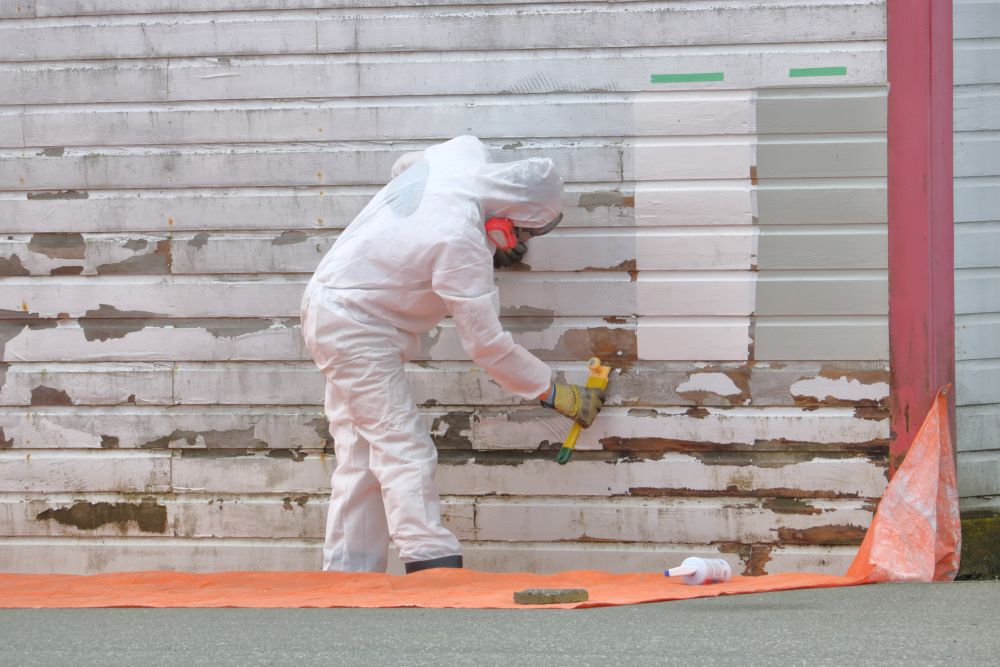Lead poisoning is a health concern worldwide. While the U.S. has made great strides to reduce lead exposure, the CDC has shown that it is still a prevalent concern. In this article, we will cover the symptoms of lead poisoning in adults, as well as some of the top causes of lead poisoning at work and at home.
What is Lead Poisoning?
Lead poisoning happens when lead particles are stored in your body. Whether inhaled, swallowed, or absorbed through the skin, lead particles can be taken into our bones, blood, and tissues. As levels of lead build up in the body, they can cause serious health problems.
Warning Symptoms of Lead Poisoning in Adults
Lead poisoning in adults can occur slowly, so signs and symptoms are often overlooked. Many adults with lead poisoning don’t look or feel sick in an obvious way, which is why it’s so important to know and be watchful for these key warning symptoms:
- Headaches
- Stomach cramps
- Constipation
- Muscle/joint pain
- Trouble sleeping
- Fatigue
- Irritability
While one of these conditions on its own may not point to lead poisoning, multiple of these symptoms combined with no other potential causes can indicate that you have been exposed to lead.
What Are the Health Effects of Lead Poisoning?
Long-term, high levels of lead exposure can lead to many more serious health concerns. In general, lead poisoning is associated with:
- High blood pressure
- Brain, kidney, and reproductive health issues
- Anemia and weakness
If you suspect you may have been exposed to lead, you must do everything possible to eliminate future exposure and seek treatment for your current symptoms.
Top Causes of Lead Poisoning
Because lead poisoning can be slow and difficult to detect, it’s also helpful to know when you might be in danger of lead exposure, as well as what products or surfaces may contain lead. The most common causes of lead poisoning include:
Occupational Exposure
The CDC and NIOSH article detailing workplace lead exposure trends has shown that occupational exposure is the most common cause of lead poisoning. In general, these industries have the highest exposure rates:
- Construction
- Manufacturing
- Mining
- Service Industries
Of all the occupational exposure cases reported, storage battery manufacturing had the most reported cases. This makes it the leading cause of lead poisoning in the workplace. But it’s important to remember that lead poisoning doesn’t just happen at work.
Household Causes of Lead Poisoning
Lead exposure can also happen at home. Some of the top causes of home lead exposure include:
Home Renovation
Home renovation is a top contributor to lead exposure. Houses older than 1978 often have lead paint. If disturbed or chipped, this can create lead dust that will cause lead exposure and potentially lead poisoning.
Lead Pipes
As was nationally publicized during the Flint water crisis in 2014, lead pipes can contribute to lead contamination in the water supply. If you have an older home with lead service, or if your city or town is still working to replace old and outdated lead piping infrastructure, there is potential for lead exposure.
Lead-Contaminated Products
Many parents are familiar with the dangers of lead paint and the risk to children, but hobbies like jewelry making, working with stained glass, antique restoration, and furniture refinishing can also cause lead poisoning in adults. These types of exposures can all contribute to lead exposure at home and outside the workplace.
How to Prevent Lead Poisoning
The best way to prevent lead poisoning is to be aware of potential causes and stay away from them or know how to protect yourself. If you must work or live near potentially lead-contaminated items or areas, here are a few key tips to keep in mind:
- Understand the signs and symptoms of lead poisoning. If you can recognize the signs and symptoms quickly and know that they can be caused by lead poisoning, you can get the help you need to eliminate your exposure to lead.
- Know what products can contain lead. As mentioned above, older homes, jewelry, antiques, and stained glass may contain lead. At work, occupational hazards in manufacturing, construction, and mining can also put workers at risk. Lithium battery production environments, for example, carry some of the highest risk for lead exposure. It’s important to be aware of these and other common lead sources and take the proper precautions to avoid exposure.
- Wear appropriate PPE and exercise caution when working around lead-contaminated products. Protective work clothing, face shields or vented goggles, gloves and respirators may all be necessary when working around lead-contaminated products. The same level of protection may be needed when completing projects in your home. The first step is to know the age of your home. From there, you can assess what steps need to be taken to safely complete renovations.
- Follow workplace policies and procedures. If your work task puts you at risk for lead exposure, your workplace should implement policies and procedures that limit your potential exposure and that help you eliminate the transfer of lead dust from the workplace to home.
The U.S. has taken great strides to remove or reduce exposure to lead through EPA regulations and lead exposure prevention education. It’s important for you to be aware of the causes of lead poisoning and how to protect yourself, both at work and at home. For workplace training on avoiding lead exposure, see eSafety’s course on Lead in the Workplace.

